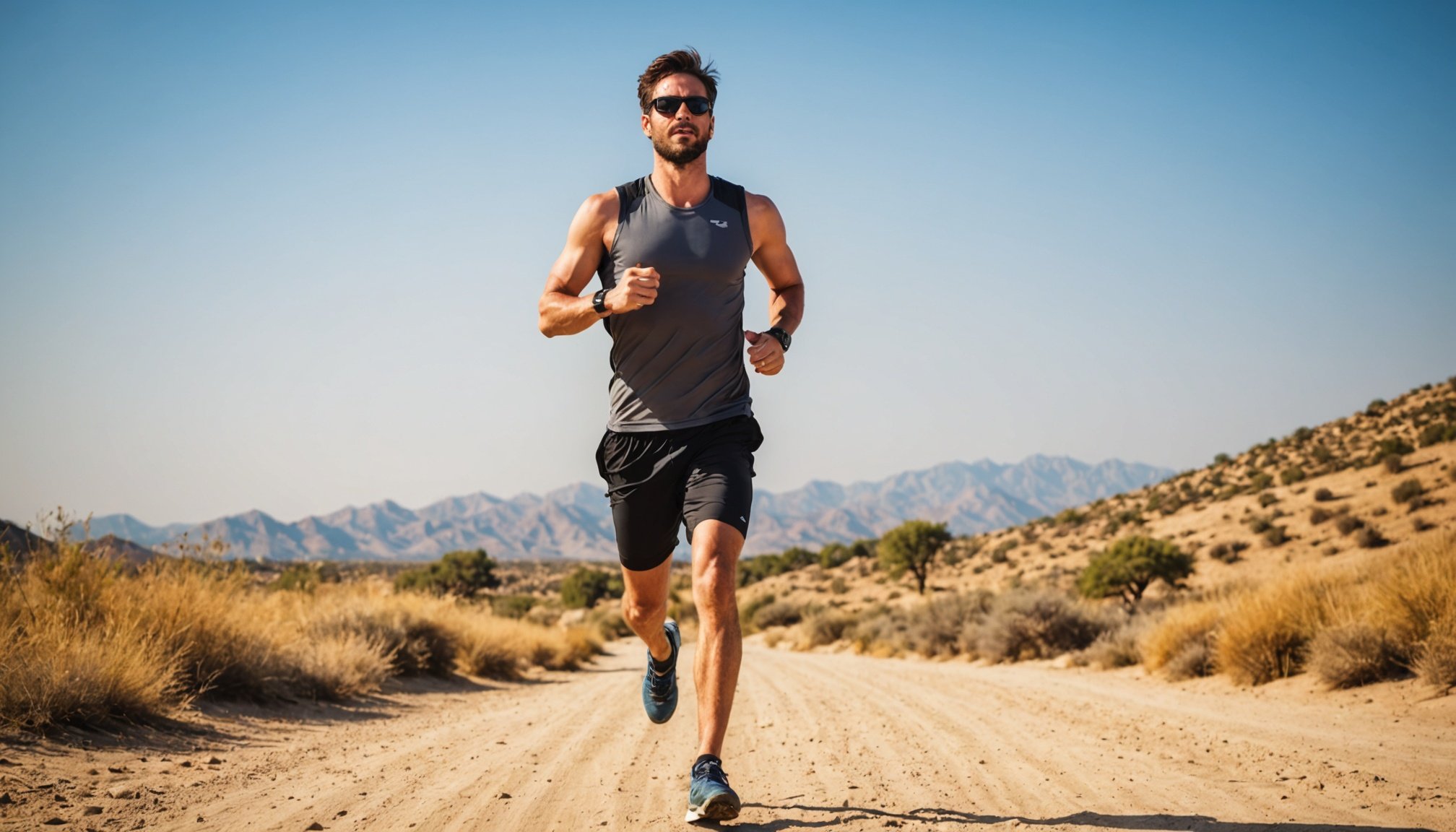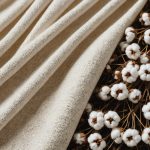Understanding Chafing: Causes and Effects
Chafing is an uncomfortable and sometimes painful skin irritation, primarily caused by skin friction. This friction occurs when the skin repeatedly rubs against clothing or itself, especially during prolonged physical activity or in hot, humid conditions. Chafing causes a breakdown of the outer skin layer, leading to redness, burning, and rawness.
The effects of chafing can be particularly troublesome if left untreated. These effects not only include persistent discomfort but also the risk of developing skin infections if the affected area is exposed and lacks proper care. Understanding the causes of chafing can help in prevention and maintaining skin health.
Also read : Top Sustainable Fabrics for Staying Cool in the UK”s Scorching Humid Summers
Several physical areas are commonly affected by chafing. The inner thighs, groin, underarms, and nipples are often the most susceptible due to their frequent movement and contact with clothing. In these areas, moisture from sweat exacerbates skin friction, intensifying the irritation.
If chafing remains unaddressed, it can become severely painful, interrupt daily activities, and transcend into chronic skin issues. Early intervention, such as keeping the skin dry, using barrier creams, and wearing moisture-wicking fabrics, can greatly alleviate symptoms and promote healing. Remember, proper awareness and proactive care are paramount in reducing the effects of chafing on skin health.
Additional reading : Crafting the Perfect Look: How to Style Your Embellished Clutch with a Formal Gown
Preventative Strategies for Chafing
Preventing chafing is crucial for outdoor comfort and overall well-being. Choosing the right clothing plays a vital role in this process. Opt for garments made from moisture-wicking fabrics as they help keep your skin dry, reducing friction. Traditional cotton, known for retaining moisture, can exacerbate chafing by allowing dampness to linger on your skin.
In addition to smart clothing choices, strategies to avoid chafing include using skin protection products before embarking on outdoor activities. These products, such as anti-chafing creams and balms, create a barrier between your skin and clothing, reducing the likelihood of irritation. It’s essential to apply these products generously to potential problem areas (like the inner thighs, underarms, and nipples) before you start your activity.
To maximize the effectiveness of these preventative measures, ensure you’re applying them correctly. Rub the products into clean, dry skin to ensure even coverage and optimal protection. Reapply as needed during prolonged activities to maintain a high level of defense against chafing. By combining careful clothing choice with proper application of skin barriers, you can significantly enhance your outdoor experiences and prevent discomfort.
Recommended Products for Chafing Prevention
Chafing can be an annoying and painful issue for many, especially for those who are active or spend long hours on their feet. Fortunately, anti-chafing products can help mitigate this discomfort. Below, we explore some of the best recommended chafing creams and moisture-wicking clothing brands, alongside useful accessories.
Top Anti-Chafing Creams
Anti-chafing creams provide a reliable barrier to protect the skin. Leading options often contain soothing ingredients such as aloe vera or shea butter. BodyGlide Original Anti-Chafe Balm consistently receives high marks for its long-lasting formula and non-greasy finish. Chamois Butt’r Cream is also praised for its effectiveness in reducing irritation during prolonged activities. Users appreciate these creams’ ease of application and wearability throughout the day.
Best Moisture-Wicking Clothing Brands
Quality moisture-wicking clothing is vital in preventing chafing. Under Armour and Nike offer excellent lines renowned for their breathability and flexible materials, keeping skin dry even during intense exercise. Their high-performance fabrics efficiently manage moisture, reducing the risk of chafe-related skin issues.
Accessories to Reduce Friction
Accessories further enhance chafing prevention. Items like compression shorts and arm sleeves help maintain a snug fit, reducing excess movement and skin contact. These essentials are especially beneficial for high-impact sports or extended periods of motion, offering additional layers of friction reduction when used alongside recommended chafing creams.
Hydration and Hygiene Tips
Maintaining proper hydration is crucial to preventing unwanted discomfort like chafing. Drinking enough water ensures your skin stays supple and less prone to friction. Aim to consume a reasonable amount of water based on your size, activity level, and weather conditions. Hydration helps regulate body temperature, especially during physical exertion, reducing the risk of skin irritation.
Before engaging in any physical activity, embracing effective hygiene practices is essential. Showering prior to any workout removes dead skin cells and excess oils, minimizing the chance of bacteria-induced irritation. Wear clean, moisture-wicking clothing to maintain skin dryness and comfort.
Implementing a consistent skin care routine both before and after physical activity can significantly reduce irritation. Begin with cleansing the skin to eliminate dirt and sweat. Follow with a moisturizer specifically designed for sensitive skin, creating a barrier to protect against dryness and chafing. After activity, cleansing again will help wash away sweat and grime that could clog pores, whilst applying a restorative moisturizer aids in skin recovery.
Remember, the combination of these hydration tips, hygiene practices, and a thoughtful skin care routine contributes to overall skin health and comfort, ensuring you stay focused on your activities without discomfort.
Lifestyle Adjustments to Minimize Chafing
Understanding the importance of lifestyle changes can be key to reducing chafing and enhancing comfort. One primary factor is weight management, as excessive weight can increase the likelihood of skin friction, leading to chafing. By maintaining a healthy weight through regular exercise and balanced nutrition, skin can breathe easier, thus reducing chafing incidence.
When planning outdoor activities, it’s essential to consider weather conditions. Opt for cooler parts of the day, like early mornings or late afternoons, to minimize heat-related discomfort. Hot weather can exacerbate sweating, which in turn can lead to more severe chafing. Choosing optimal times not only keeps activities enjoyable but also helps protect the skin’s integrity.
Rest and recovery play a crucial role in maintaining skin health. Overexertion without adequate recovery time can lead to skin stress, increasing the risk of chafing. Including days of rest in your routine allows the skin to repair and recover from minor wear and tear.
Here are some practical comfort tips:
- Wear breathable, moisture-wicking clothing.
- Apply anti-chafing balms to susceptible areas.
- Stay hydrated to maintain skin elasticity.
Implementing these strategies can lead to a more comfortable, active lifestyle, minimizing the challenges posed by chafing.
Real-Life Experiences and Testimonials
When discussing chafing, real-life testimonials provide invaluable insights into managing this common problem.
Case Study: A Marathon Runner’s Perspective
Marathon runner, Jenny Thomas, recalls her battle with chafing during races. “It was uncomfortable and distracting,” she said. A key solution was using petroleum jelly, applied generously before the race on prone areas. She discovered that moisture-wicking clothing made a significant difference, reducing friction during long runs. Jenny’s experience underscores the effectiveness of proactive measures, vital for endurance athletes dealing with chafing.
Testimonials from Outdoor Enthusiasts
Outdoor enthusiasts often face chafing during hikes and biking trips. Jill Hart, a hiker, shares, “Switching to synthetic materials helped immensely.” She notes that cotton tends to hold moisture, while synthetic fabrics keep the skin dry, lessening friction. Biker Tom Liu advises carrying a compact stick of anti-chafing balm for on-the-go relief. These experiences highlight practical strategies for managing skin discomfort in outdoor activities.
Advice from Health Professionals
Dermatologists emphasise the importance of prevention in managing chafing. Dr. Susan Lee advises, “Apply barrier creams as a preventative step.” She suggests products containing zinc oxide for their protective properties. Health professionals also recommend keeping the skin clean and dry during hot weather to prevent irritation. This expert advice builds a foundation for effectively dealing with chafing.











